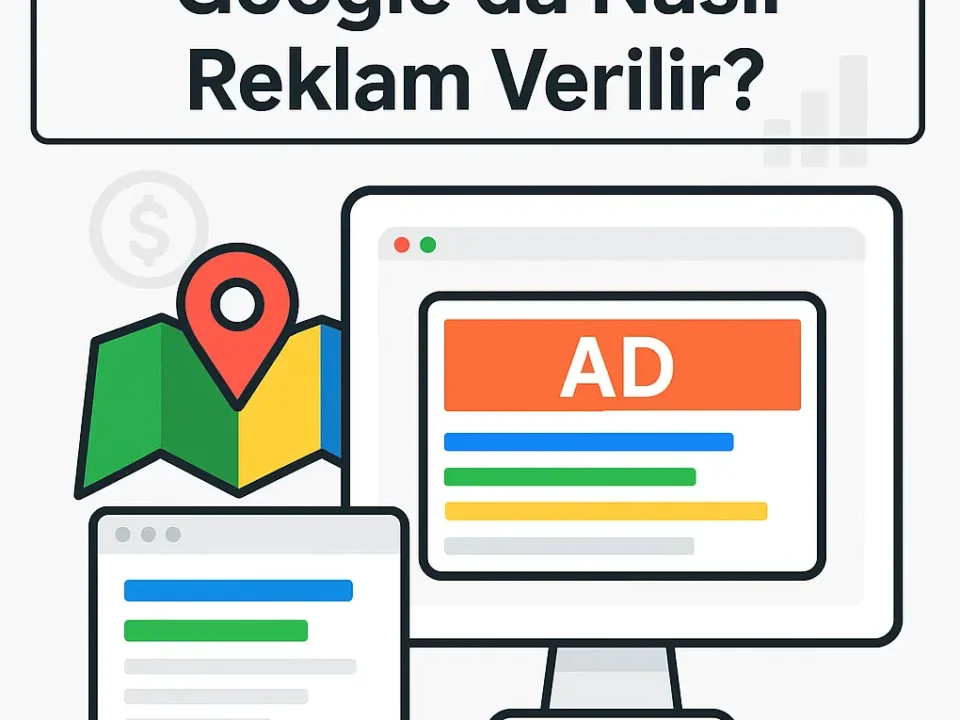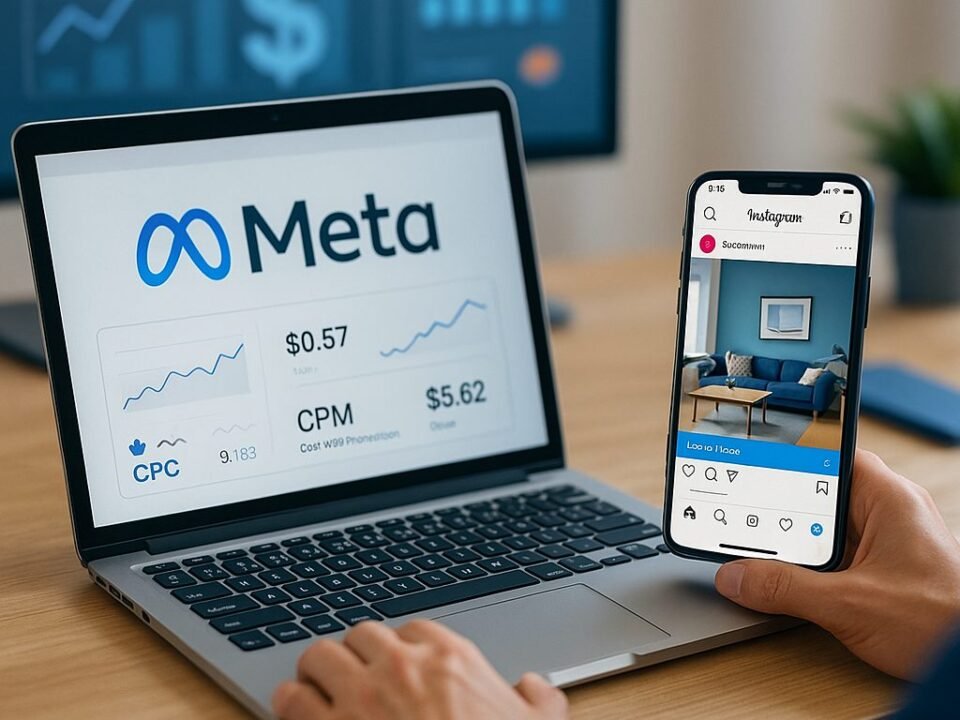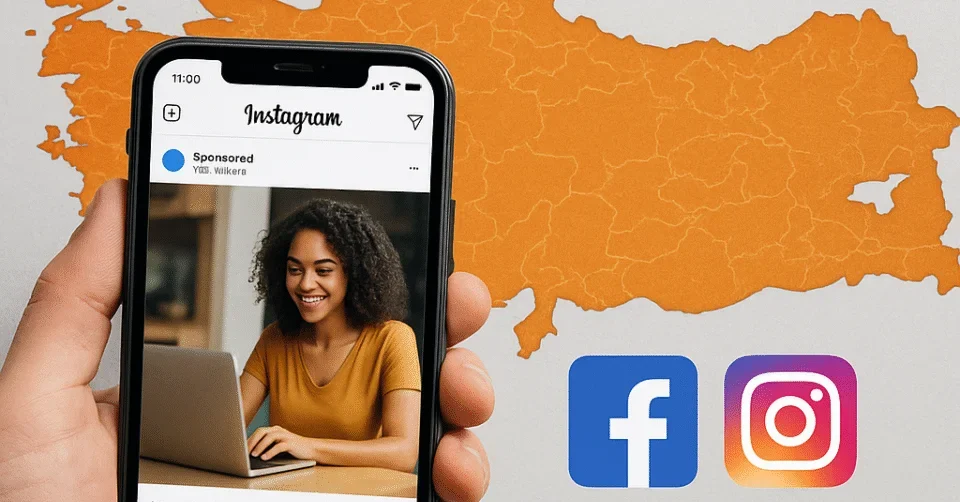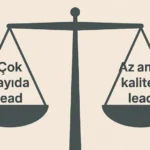
Google Advertising Strategies
June 28, 2025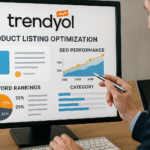
Trendyol Store Optimization
June 28, 202510 ways to increase conversion rate in Google Ads

Google Ads
10 Ways to Increase Conversions
Ad optimization | B2B conversion rate
For B2B marketers, Google Ads conversion boosting isn’t just about polishing ad copy – every detail, from your site’s infrastructure to your measurement model, has a direct impact on B2B conversion rates. Below you’ll find 10 practical methods and the technical fundamentals behind them, filtered through our experience in the field.
1. Set up 5 layers of protection against click bots
Ad optimization makes sense if it is based on real user data. We have developed a five-tier system to protect this data:
Lead Valuation – Eliminates low-value clicks by identifying which form submissions have real sales potential.
Ban List via Analytics – Analyzes session behavior in GA4 and dynamically blocks suspicious IPs.
Validated Session – Marks visitors as “human” if they meet the minimum session duration, 25% scroll and first interaction conditions.
Block Potential Bot IPs – Excludes detected IP blocks at the ad level.
Negative Keyword Layer – Negatively lists the general search patterns that bots concentrate on.
Without these layers in place, bot clicks will eat into your budget and skew your conversion data, misrepresenting your B2B conversion rate.
2. End the nightmare of double tagging
Many companies add an Analytics tag directly to the theme file and then install Google Tag Manager (GTM). The result: double-triggered hits on every page view, bloated session counts and bounce rates approaching 100%.
Solution:
- Release GA4 code only via GTM, remove the script directly.
- In preview mode, verify that both gtm.js and gtag.js requests are unique.
- If you are using Server-Side GTM, make sure that the proxy domain is configured correctly.
This hygiene step makes ad optimization decisions reliable by clarifying the actual click-to-conversion ratio.
3. Infrastructure and speed: The invisible cost of advertising
Google’s research shows that every 0.1 sec delay in page load reduces conversions by 8%. B2B visitors in particular are impatient; if it takes more than 4 seconds to access the quote form, you lose.
Immediate actions:
- Get server response time below 200 ms (Lighthouse report).
- Move critical CSS inline, call JS with defer or async.
- Publish images in a modern format (WebP/AVIF).
Poor site performance is the hidden factor that reduces the return on your advertising budget the most.
4. Test the conversion setup, don’t leave it to the EU
Lead-driven B2B sites track micro-conversions such as submit_form, phone_click and schedule_call; e-commerce sites track events such as add_to_cart, begin_checkout, purchase.
Lead sites:
- Use the “submission ID” parameter to block a user who submits the same form twice.
- Integrate CRM with your offline sales team and activate the imported conversions feature.
In e-commerce:
- Require transaction_id parameter to GA4 purchase event.
- Enable enhanced e-commerce measurement and send coupon, category and brand information.
An untested conversion means an unoptimized campaign; both result in “burning money”.
5. SEO & SERP compatible advertising strategy
On average, B2B users make 12 different search queries during the decision process. If they don’t see your brand in the organic results, the chance of an ad click converting drops by 40%.
What to do:
- When you are ranking in the top 10 organically for high-volume keywords, don’t run broad match ads for the same word; shift budget to longer-tail queries.
- Create competitive headlines in the SERP and emphasize the same value proposition in your ad copy (e.g. “Free Demo” message consistent in both Title Tag and ad extension).
SEO and ad integration multiplies the Google Ads conversion boost multiplier.
Consent Mode v2: The legal future of data
Triggering GA4 without cookie consent is a violation of GDRP / GDPR and “blinds” your remarketing data. Consent Mode v2 contributes to the modeling by also shadowing users who refuse:
Monitor sessions with Addional Consent Mode parameters and ad_personalization = denied separately.
Estimate lost conversions by enabling Google Ads’ “consent-adjusted conversions” report.
The right setup not only protects you from penalties but also models the missing data and feeds it with statistics that reflect the B2B conversion rate.
7. Segment analytical audiences correctly
Ad optimization is based on audience quality. Using the Segment Overlap report in GA4:
- Within 30 days, identify users who have completed the validated_session + demoo_request combination as a “high value” audience.
- Test this audience in “Observation” mode in your Target CPA campaigns; measure the difference in ROAS.
Consultants who move to “smart” bidding strategies without testing segments leave the money to the algorithm; if you have the data, you have the power.
8. Coding and integration knowledge: The detail that makes the difference
Often “consultants” using template solutions:
- Only client-side does form validation, spam bot thinks conversion.
- The server does not look at the response codes, 302 redirects inflate the CPC.
- It does not recognize the campaign corruption when JS throws an error before the gtag is triggered.
Technical accuracy is the backbone of ad performance. If necessary, redefine the data layer (dataLayer) in collaboration with the developer; align the event parameters to the GA4 schema.
9. Learn from failed mentors
- They Maximize Conversions bid strategy without auditing the conversion setup, they increase the budget in line with the bot click.
- When Target CPA increases 5 times because of a measurement error, they use the excuse that “B2B competition is tough”.
- Due to double tagging, ROAS is apparently good, but actual sales are low.
Seeing these mistakes in advance will save you time and budget during the ad optimization process.
10. Monitor, test, test again
Each change (new creative, new bidding strategy, new keyword) should be tested first in a draft campaign, then with a tiered budget.
Implementation:
1. Keep the old campaign unchanged.
- Change only one parameter in a draft campaign.
- Publish with a 10% budget, wait until you achieve statistical significance.
- If the result is positive, increase the budget, if negative, go back.
This scientific approach systematizes your goal of increasing Google Ads conversions.
It takes real experience to deal with all of them and will you focus on your work or will you focus on doing them?
Sustainable B2B conversion rate growth in Google Ads requires complete process management, from bot filtering to code integration, from correct conversion setup to Consent Mode v2.
Come and experience what professional service will bring you.
We are waiting for your applications.
Take your place among the winners now.


